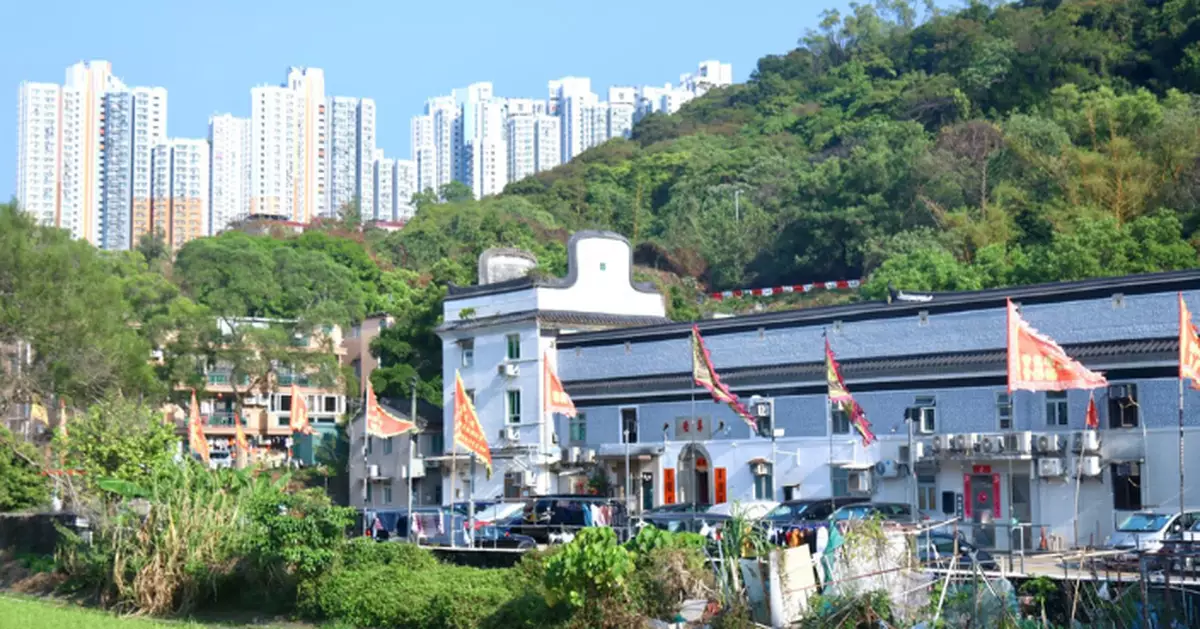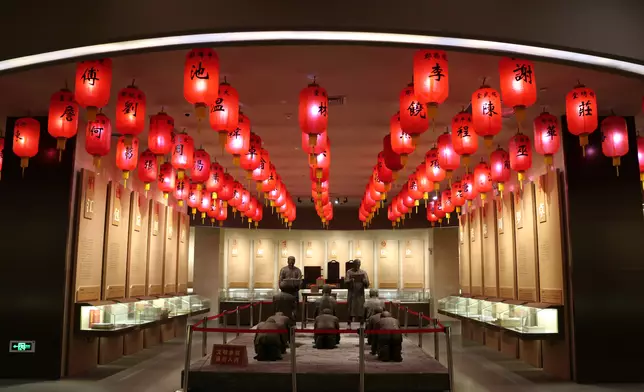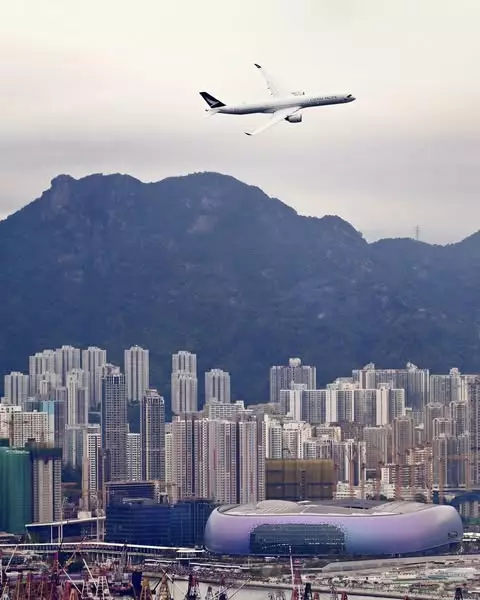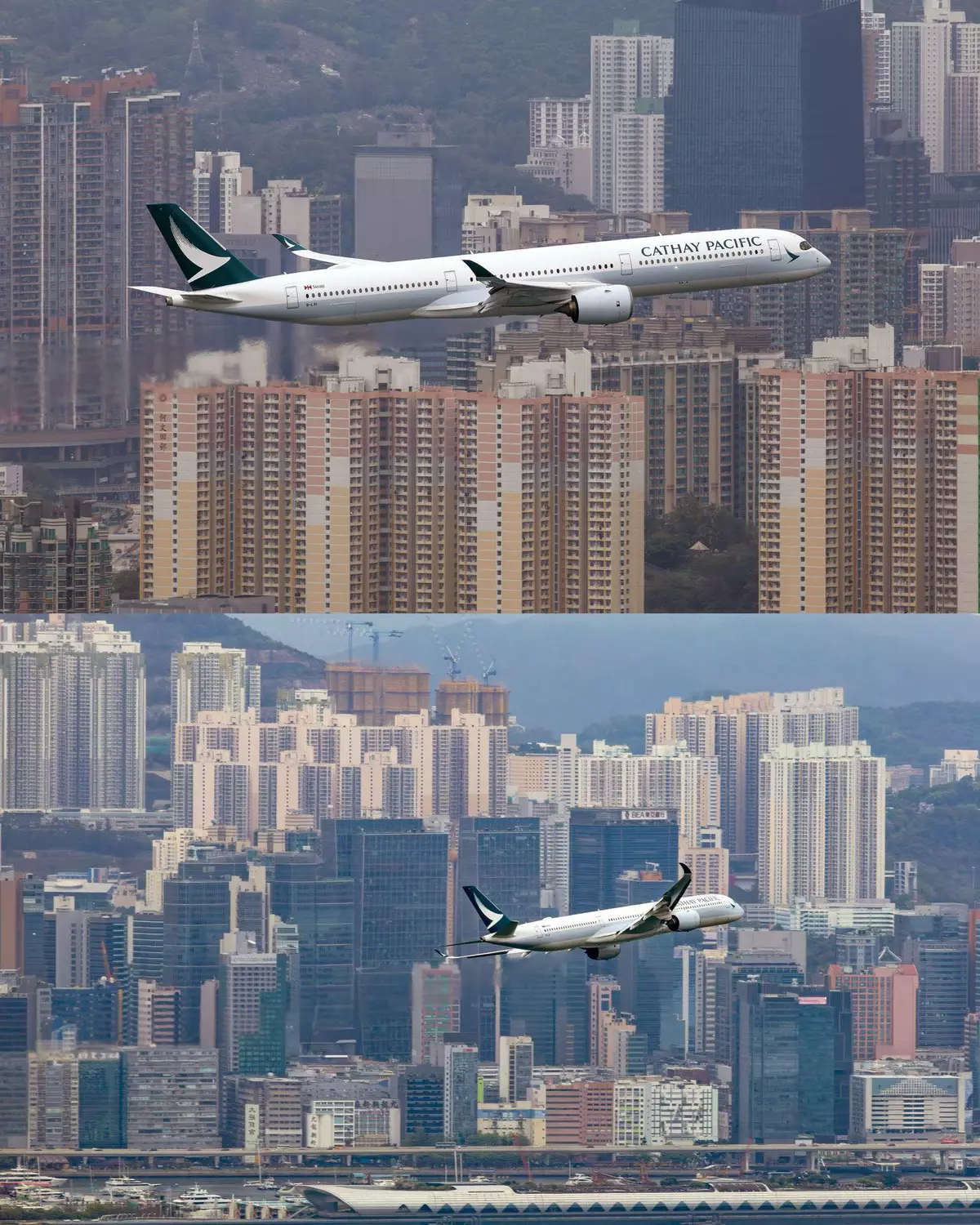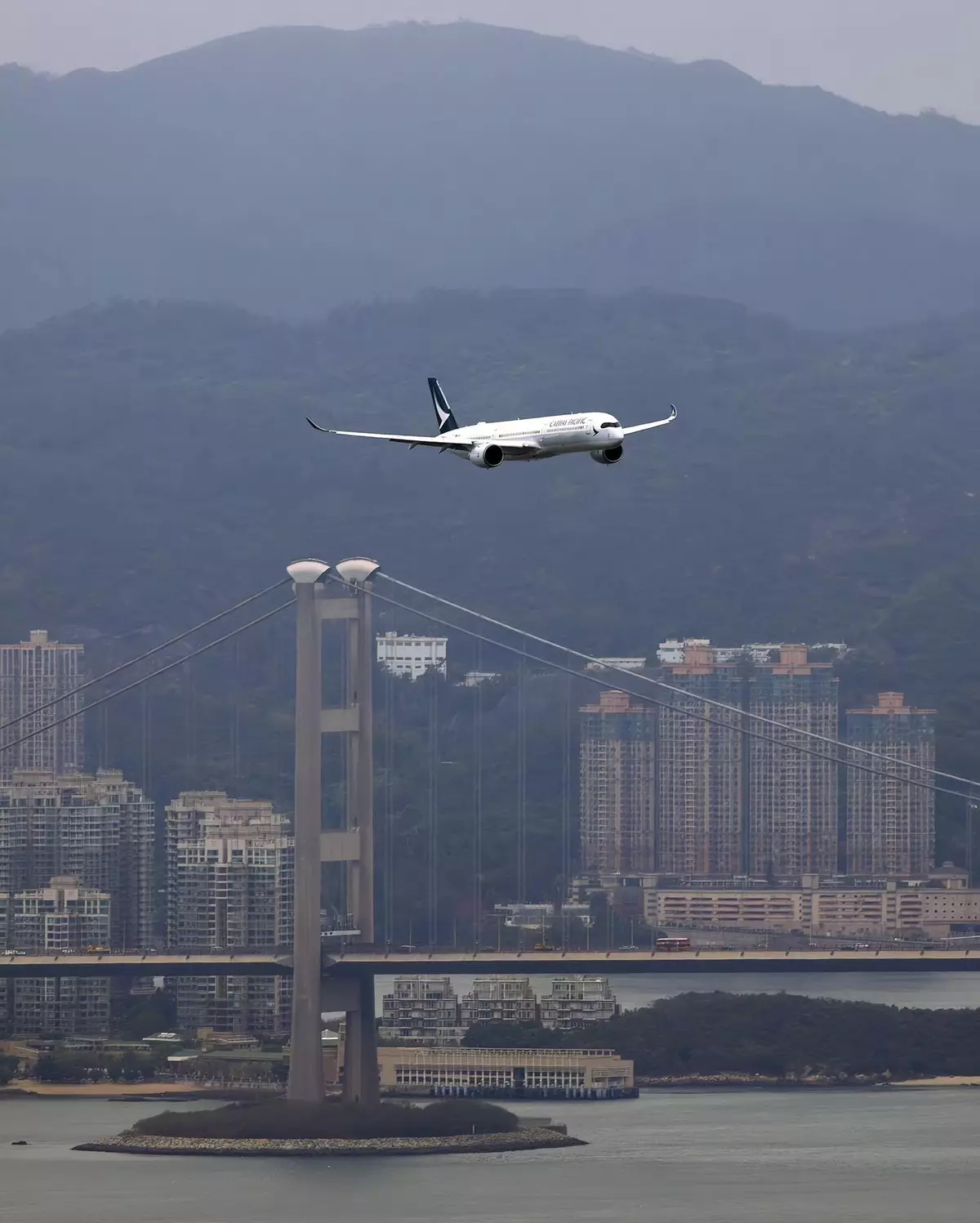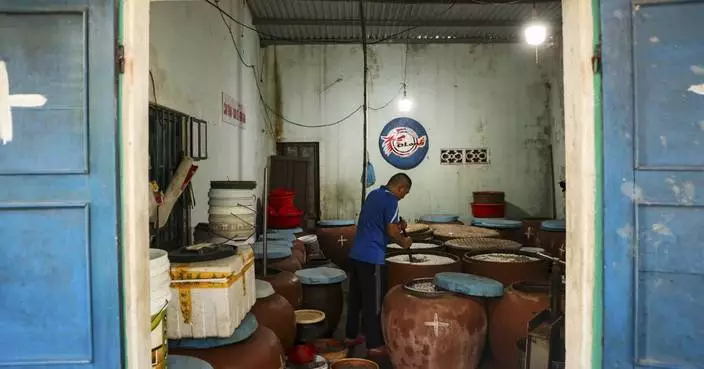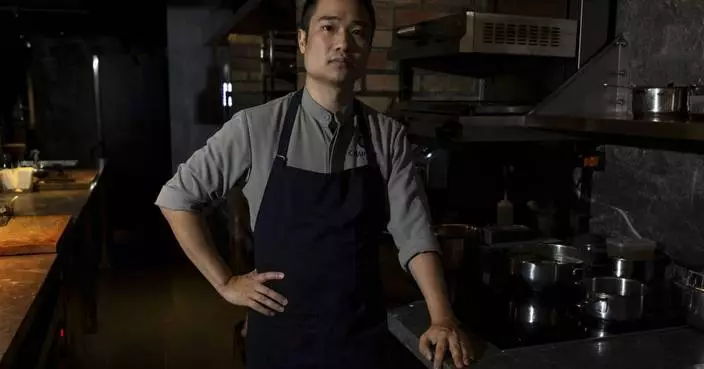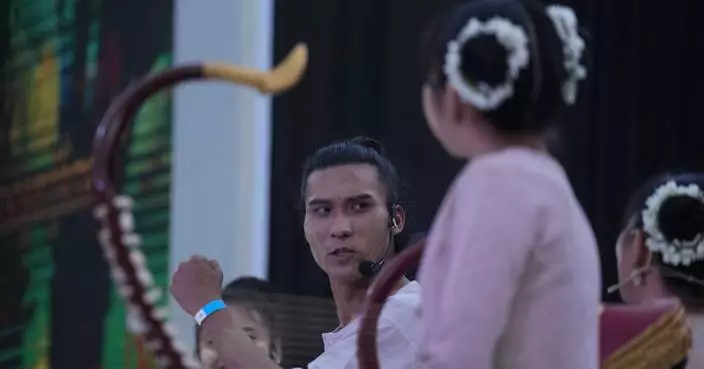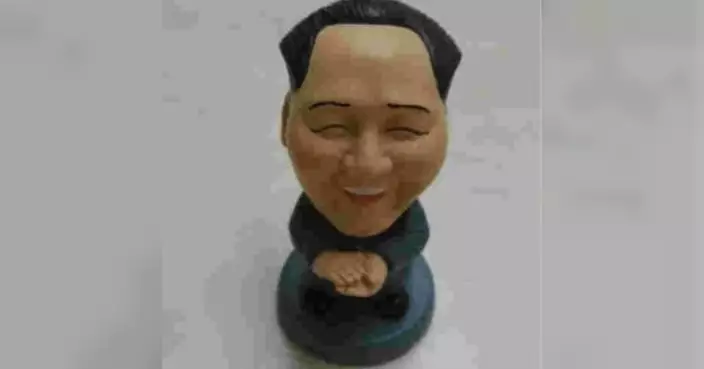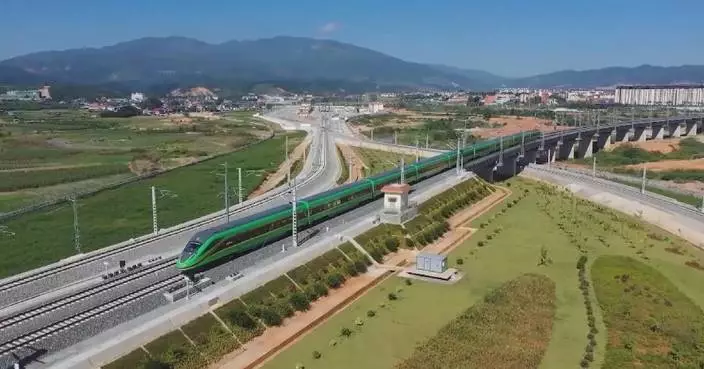Andy Kwok is the second generation of immigrant Hakka in his family. His father immigrated from Longyan City, Fujian Province, which is a famous Hakka gathering place, before 1949 to Hong Kong.
Kwok started his business in Hong Kong as a tailor, and later, he started a clothes factory. As an overseas Chinese, every time he went back to his mainland hometown, he and his family would be welcomed by the local government in the 1990s.
Now, the generation of Andy Kwok cannot speak Hakka, but they still remember the delicious taste of Hakka food they had when they went back to their mainland hometown as children. Most of their next generation has moved abroad and never been to their mainland hometown.
There are many people like Andy in Hong Kong, whose Hakka ancestors immigrated from the mainland, and their Hakka memory is decreasing generation by generation. Even museums and monuments like Sam Tung Uk and Tsang Tai Uk preserve little record of the Hakka lifestyle. Hakka culture seems to get lost in modern society. However, there is a group of people who are still making effort to preserve Hakka traditional culture.
According to the research data of Prof Lau Yee Cheung in 2010, there are about 1.2 million Hakka people living in Hong Kong, accounting for about 18.8% of the total population of Hong Kong. There are 359 Hakka villages in different areas of Hong Kong (CUHK New Territories Dialect Report), but only a portion of middle-aged and elderly people still speak Hakka.
Tsang Tai Uk is a classical Hakka walled house located in Sha Tin Wai , a Hakka village in New Territories. It was built by Tsang Koon Wan, a Hakka immigrant from Wuhua County, Guangdong Province, to Hong Kong, his initial wealth came from stone cutting.
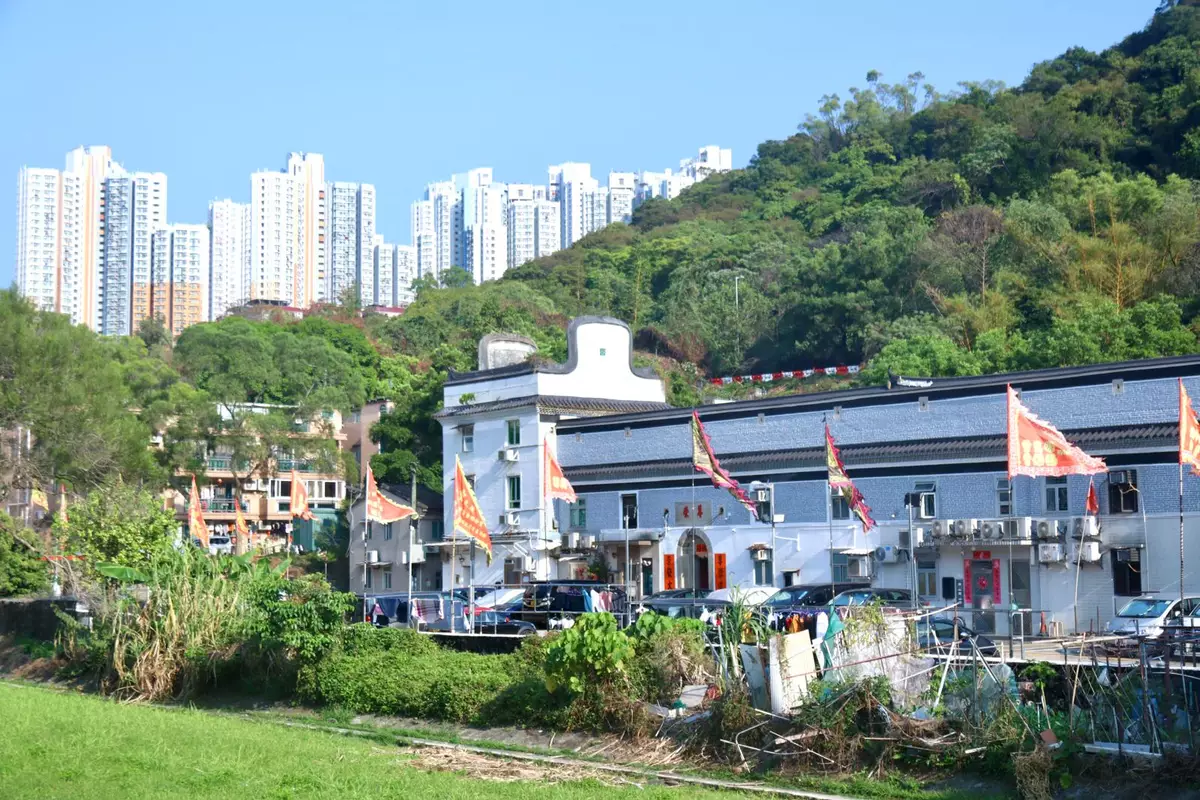
Tsang Tai Uk is located in Sha Tin Wai, which is now surrounded by modern urban architecture. Source: BP
According to the Chairman of the Hong Kong Cross-Strait Hakka Association, Kong Chyun Fu, Wuhua County is famous for its stone-cutting industry. Hakka men and women all participate in it. The Legislative Council of Hong Kong and many buildings in Mid-Levels Central were built by Hakka people.
This Hakka walled house took twenty years to build and used a lot of granite, which was considered luxurious at the time. Now, there are still over one hundred Tseng's descendants and residents with other surnames living in Tsang Tai Uk.
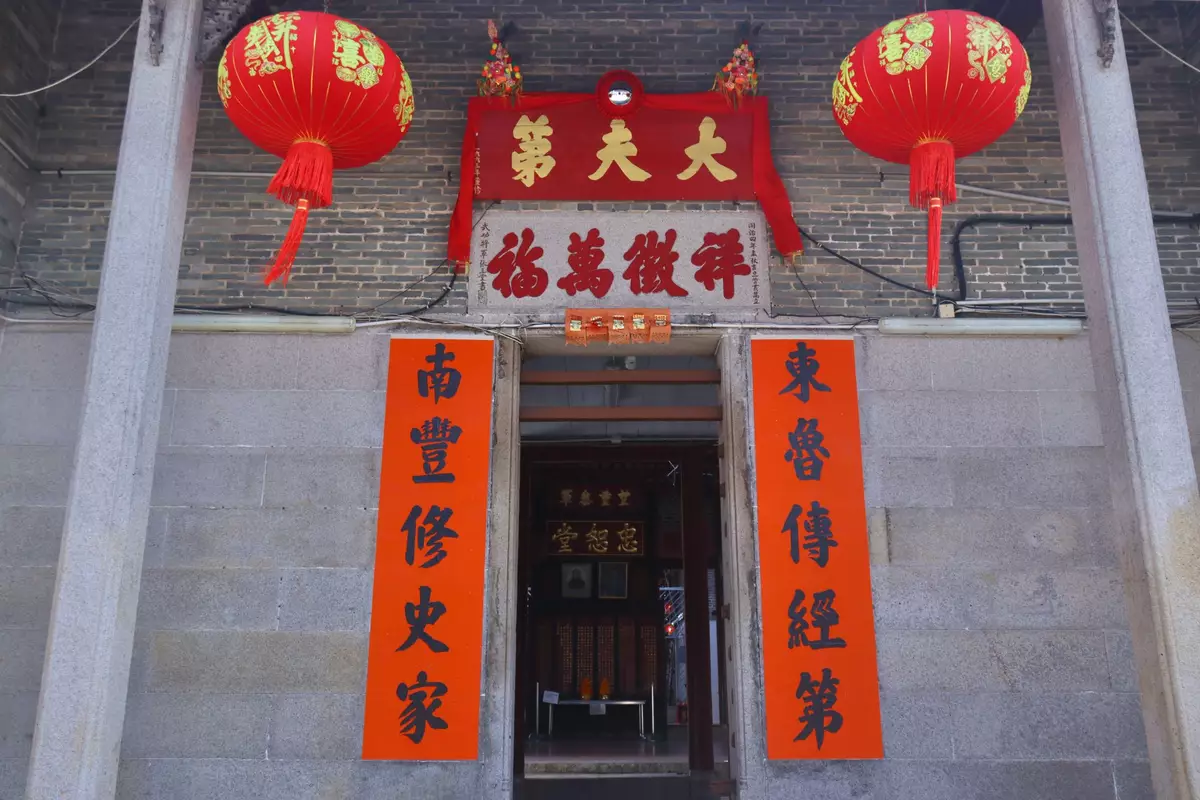
The door of the central hall of Tsang Tai Uk. Source: BP
Even though the main hall of Tsang Tai Uk still keeps the original appearance and is used as a place of worship, residents have changed their lifestyle from group living to single-family living, the outer walls were painted and covered with dense wires, TV antennas, and electric meters. In the inner corridor of Tsang Tai Uk, some rooms have been modified beyond recognition of their original appearance.
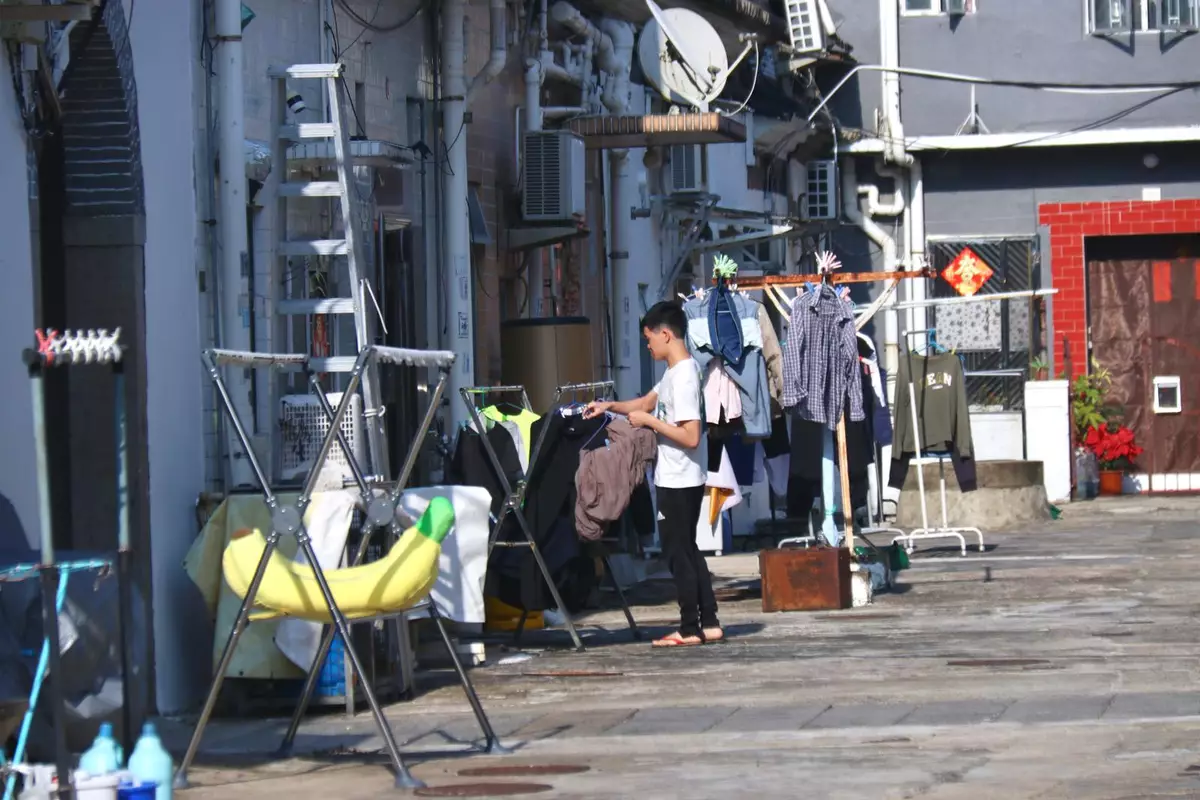
The courtyard inside the Tsang Tai House. Residents use the open space to dry their clothes. Source: BP
A few miles away in Tsuen Wan, there is another walled house now used as a Hakka museum of Hong Kong called Sam Tung Uk. As the staff of Sam Tung Uk, Mr. Lee introduced, Sam Tung Uk originally belongs to Chen family who immigrated from Fujian Province. At that time, most of the people who lived in Tai Wo Hau were Hakka immigrants from Fujian Province.
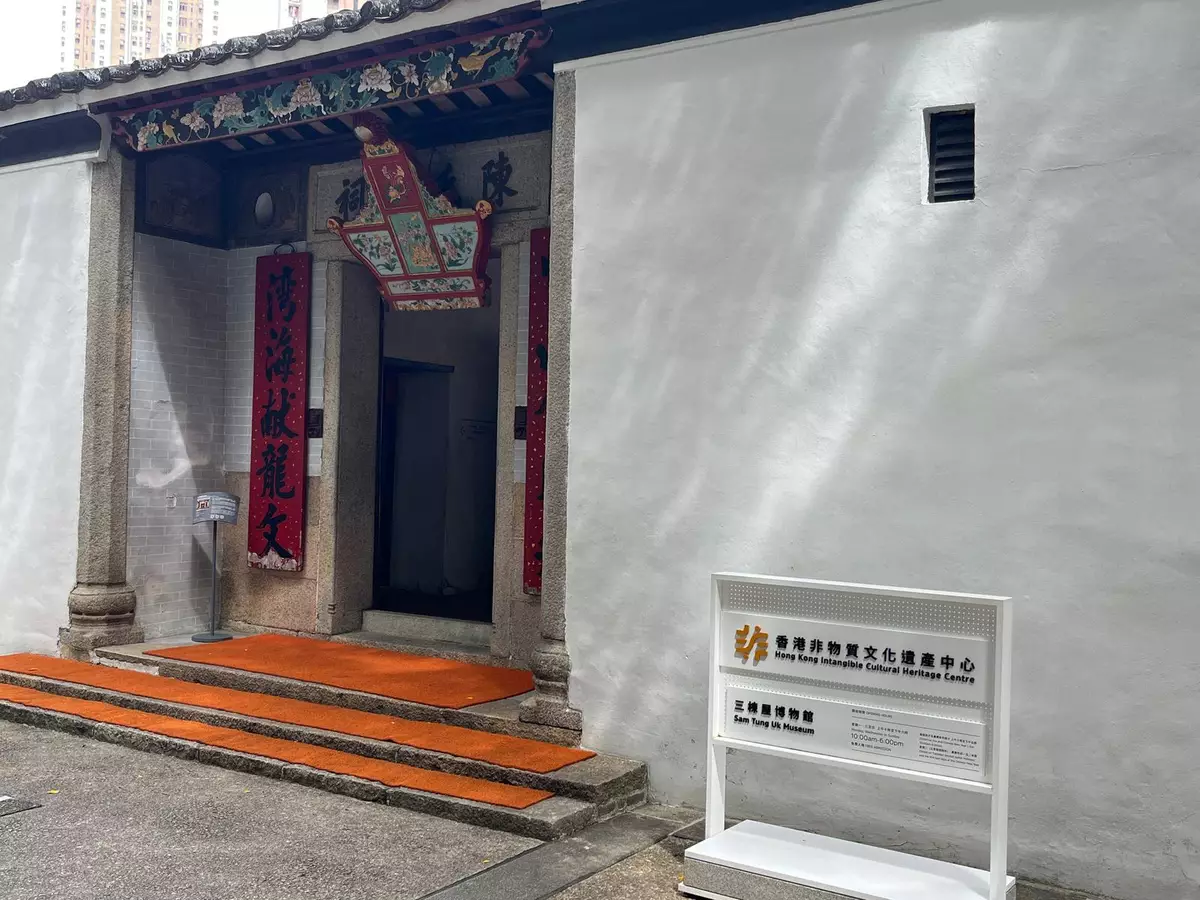
The front door of Sam Tung Uk, which is now used as a Hakka museum. Source: BP
However, the walls of Sam Tung Uk were painted white, except the central part still keeps the old appearance. The patterns on the walls and pillars have been covered with white and gray cement, and the tiles on the roof have been neatly repaired. Except for the main entrance, there are no traces of the past residents living here.
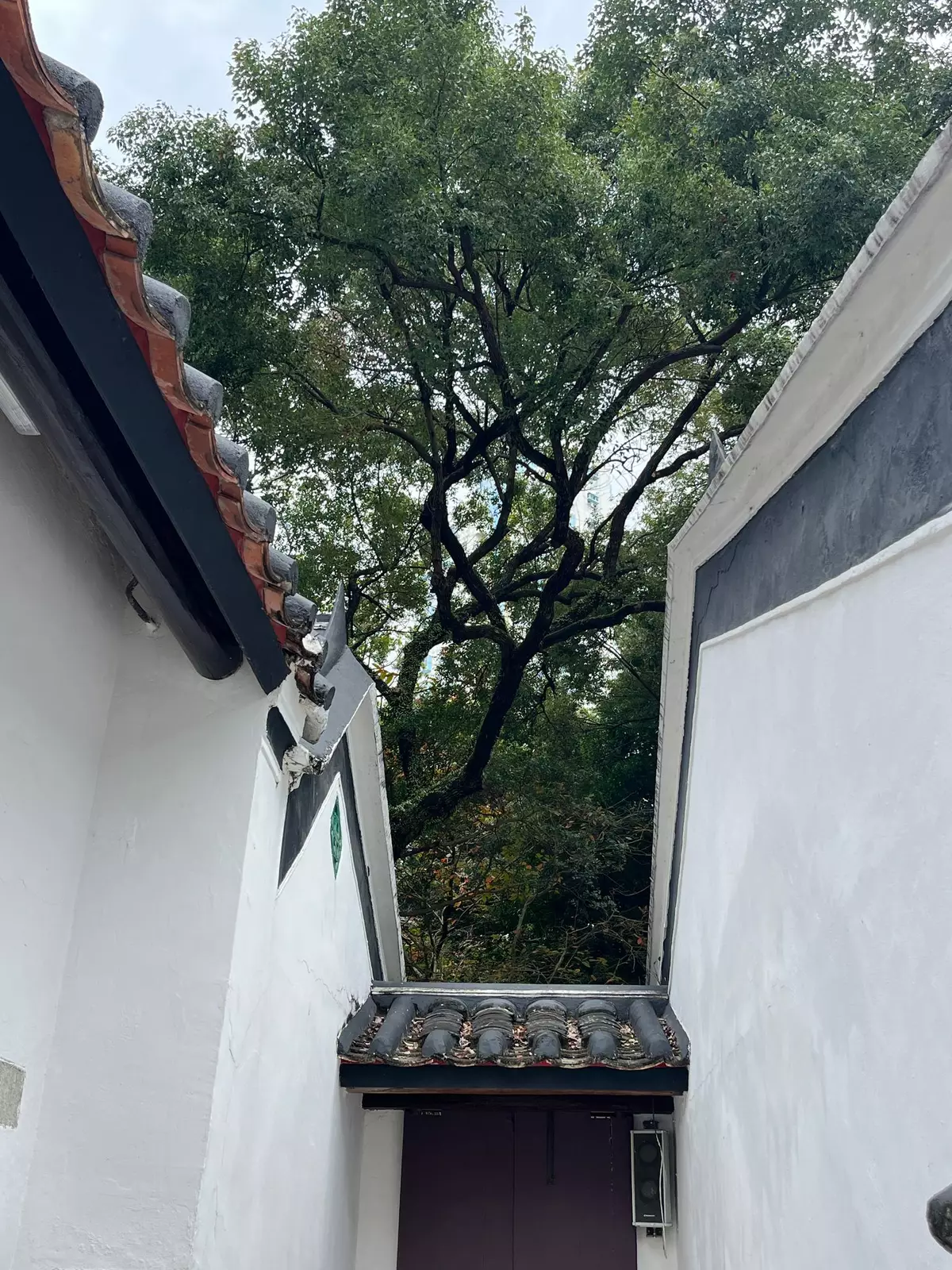
Walls of Sam Tung Uk have been painted white. Source: BP
In Sam Tung Uk, there are many small rooms with two stories now become exhibition halls introducing different customs. But those introductions are mostly about Cantonese people, little about Hakka.
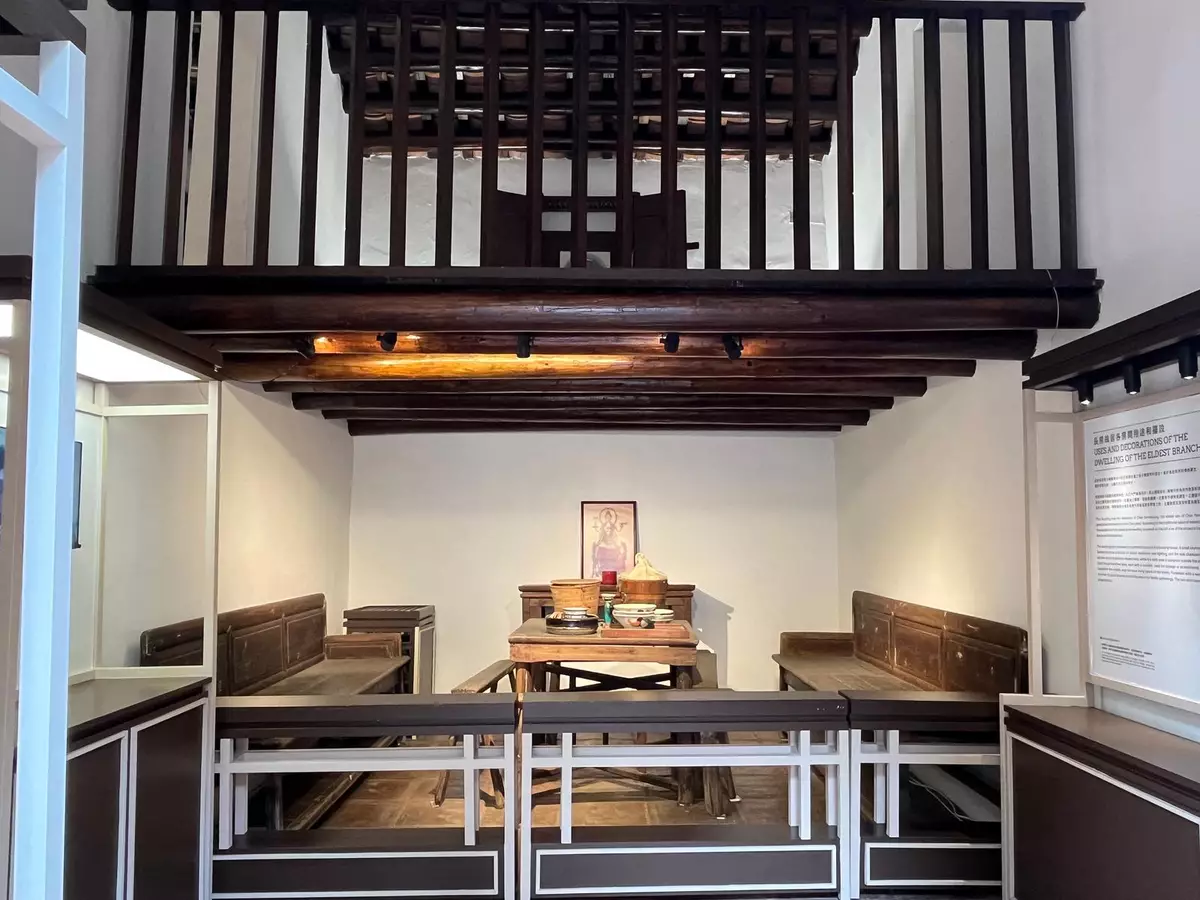
The rooms of Sam Tung Uk now become exhibition halls. Source: BP
“The government of Hong Kong did not do well in protecting old Hakka architecture, ” Chairman of Hong Kong Cross-Strait Hakka Association, Kong Chyun Fu said, “Lai Chi Wo is the Hakka village that got protected best, but the transportation there is inconvenient. ”
Hakka have been immigrating from the central plains to different places since the Tang Dynasty. And Hong Kong is not the only place where Hakka people who have left mainland China can settle down.
“Wherever there is sun and sea, there are Hakka ”Directorof the Hong Kong Cross-Strait Hakka Research Institute, Dr. Li Jianzhu said, “I've been in Australia, and also in a very remote small town, those mining towns, I've seen a lot of mausoleums graves a piece of it, tombstones with Chinese characters on them, ancestry from Shanghang County, Fujian Province, ancestry from Meixian County, Guangdong. In that kind of Aboriginal place, these early Hakka miners from Fujian were buried over there, so you can see the Chinese characters, it means that we Hakka people lived over there and passed away there. It used to be an ideal to go back to your roots, but very often you just die in another place .”
To better trace the family origin and members, Hakka people write their genealogies and even take these genealogies to foreign countries with them. In this way, Hakka people can record who they are and where they are from.
Fujian Hakka Genealogy Museum is a thematic museum that collects the most Hakka genealogies in China. Lai Zhibin, the guide of Fujian Hakka Genealogy Museum, introduced that they have collected more than 20 thousand Hakka genealogies of the Qing Dynasty and Modern times, covering more than 190 family names.

Hakka Genealogy Museum in Fujian Province. Source: web
Lai Zhibin told me what they are doing now includes the digitization of genealogies, taking over the overseas genealogie,s and promoting Hakka culture. They also have received a lot of overseas Chinese to find their family roots.
Besides the genealogies, Hakka people hold the Hakka World Conference every year to better connect with each other. Hakka from different countries would gather together and communicate with each other.
Kong Chyun Fu said there is an Indian lady who participates in the Hakka World Conference every year; she cannot speak Mandarin, but can speak Hakka very fluently. He believes that overseas Chinese and Taiwanese have done a better job of passing on the Hakka language.
Under these circumstances, some of the Hakka in Hong Kong, like Kong Chyun Fu and Li Jianzhu are making an effort to preserve and promote Hakka culture. Two years ago, they wrote a proposal on behalf of Hong Kong Cross-Strait Hakka Association to Chief Executive John Lee. They hope Hong Kong can build an actual Hakka Museum containing a Genealogy Museum and a Domestic Instructions Museum, which could be copied from the Hakka Genealogy Museum and Hakka Domestic Instruction Hall in Fujian Province.
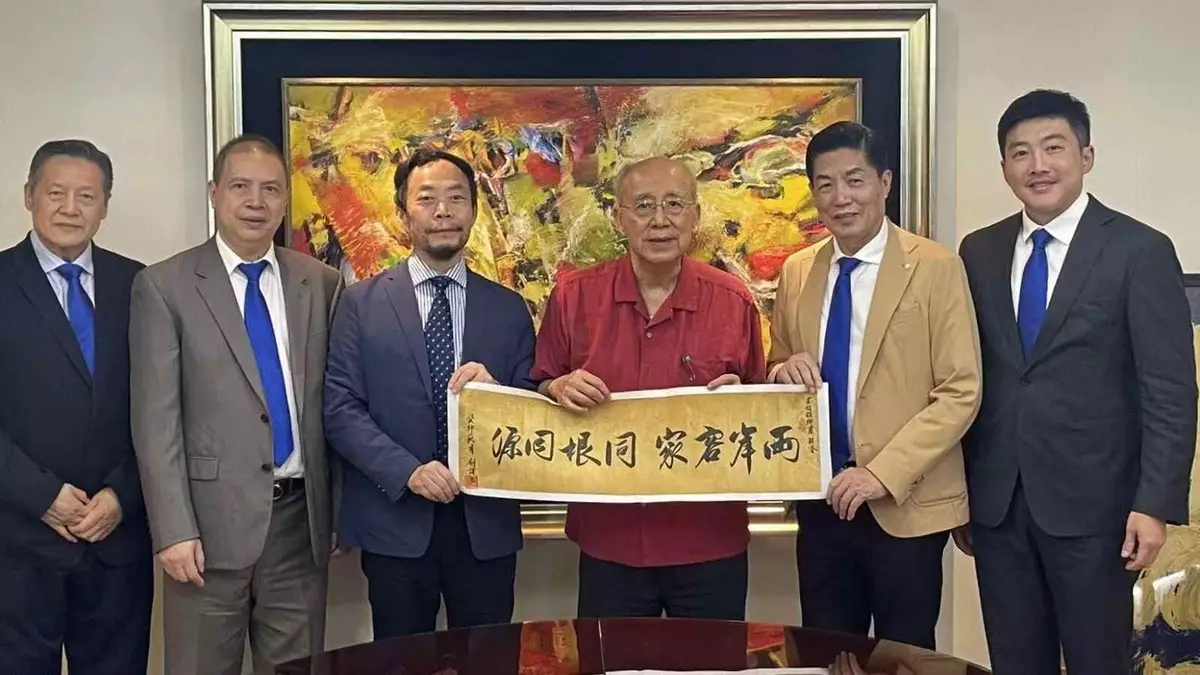
Hong Kong Cross-strait Hakka Association. Source: web
“Our museum also fervently hopes to have more cooperation with Hong Kong.” Lai Zhibin, the guide of Fujian Hakka Genealogy Museum, said.
Maybe some day Hakka culture will no longer be a lost culture in modern society, it would like many other cultures in the world, not only shines its glory in those old architectures, but also combines with modern elements and attracts people again. It is the origin of 1.2 million Hong Kong people and an indivisible part of this diverse city. It is not a memory of old days, but an invisible imprint of nowadays.


